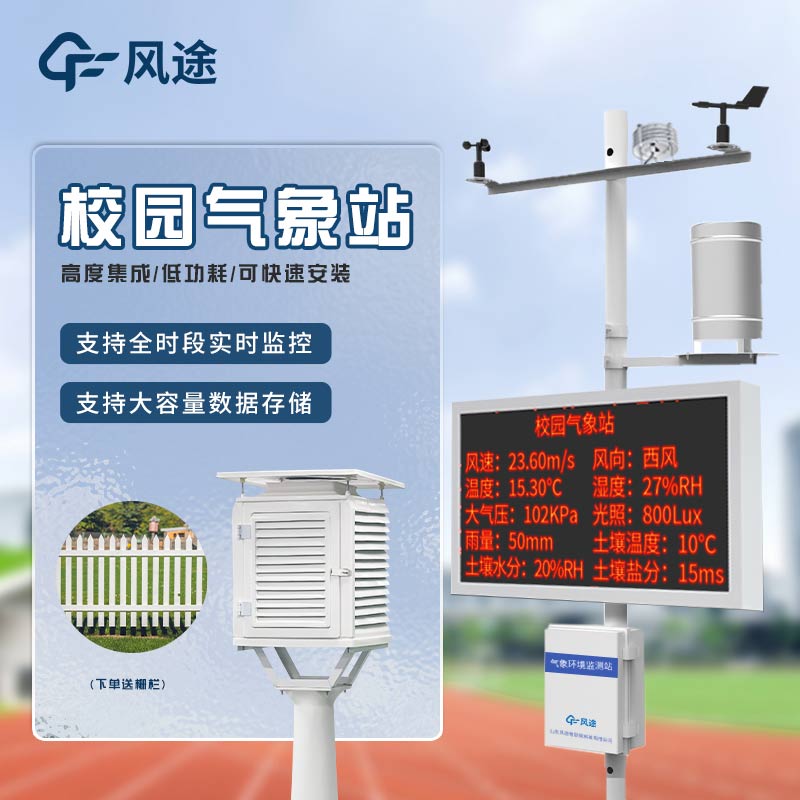Meteorological environment monitoring equipment supplier
Insist on doing high-precision customer favorite technology products
Schools can carry out science education by making use of meteorological stations in various ways.
Firstly, an observation plan should be established and integrated with the curriculum. Develop a long-term observation plan that suits the age characteristics of students. Primary school students can conduct simple daily weather and temperature observations, while middle school students can carry out more complex observations of more meteorological elements. At the same time, integrate it into the curriculum. In physics classes, the concepts can be understood by referring to the temperature and air pressure data from the meteorological station. In geography classes, local weather data can be utilized to study climate types and weather systems. For example, analyze the changes in wind direction and precipitation amount under the monsoon climate.
Secondly, conduct on-site teaching and practical operations. Teachers should lead students to the meteorological station to explain the principles of the instruments, such as illustrating the principle of how the louvered box protects the temperature and humidity sensors, and demonstrating the method of how the rain gauge measures the precipitation intensity. Moreover, let students operate the meteorological instruments by themselves, learn to read data, adjust the equipment and maintain the instruments, so as to enhance their practical abilities and understanding of the observation process.
Thirdly, carry out data recording and analysis. Cultivate the habit of students to record meteorological data. Make a form with columns such as date and meteorological elements and record regularly. At the same time, carry out data analysis activities. Junior students can do simple statistics, while senior students can conduct more in-depth analysis, such as drawing temperature curves, analyzing the correlation between temperature and humidity, and speculating on the moving direction of weather systems, so as to cultivate scientific thinking.
Finally, carry out meteorological popular science and extended activities. Invite meteorological experts to give lectures, introducing cutting-edge knowledge, local meteorological characteristics and preventive measures against meteorological disasters. Hold meteorological popular science competitions, including contents such as knowledge quizzes and data interpretation, to stimulate learning interests. Encourage students to carry out small meteorological research projects, such as studying the differences in campus microclimate or the impact of vegetation on local climate, so as to cultivate their independent research abilities and innovative spirits.
